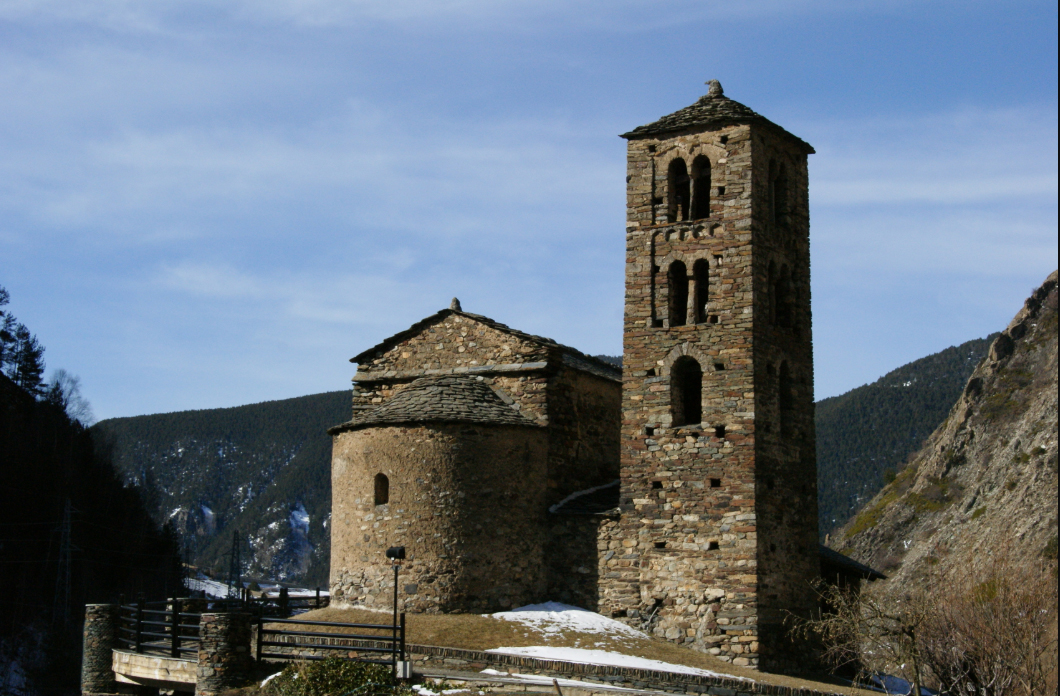
Andorra's Romanesque churches were built between the 11th and 12th centuries, a period of intense activity from a historical point of view, linked to the subordination of the bishopric and the County of Urgell in the 9th-10th centuries, and the struggles for sovereignty in the 11th and 13th centuries.
In the field of Art, this effervescence has been translated into a great artistic creativity whose works currently represent the bulk of the heritage.
We can speak of Italian influences in the circular bell towers (Santa Coloma and Sant Vicens d'Enclar). Their origin is linked to the example of the "campanili" and to the external arrangement of the wall by means of Lombard strips and blind arcatures typical of the 12th century.
Byzantine reminiscences are also present in the mural painting (Sant Esteve d'Andorra la Vella) and the panel painting (Sant Romà de Vila).
What most of these churches have in common is that they are small in size with sober ornamentation. This is in accordance with the aesthetic precepts of conceptual, abstract and totally spiritual art, universally established by the Romanesque.
Inside, converge pictorial figurations that praise the divinity, whose chromatic range is rich (created by anonymous masters, disciples of the great Catalan medieval painters), to which are added magnificent imagery, furniture and liturgical objects.
The functional and simple character of these constructions are characteristics that will endure over the centuries and go beyond the limits of the medieval period. Most of these churches are built on earlier places of worship related to ancient, Roman or pre-Roman times.




